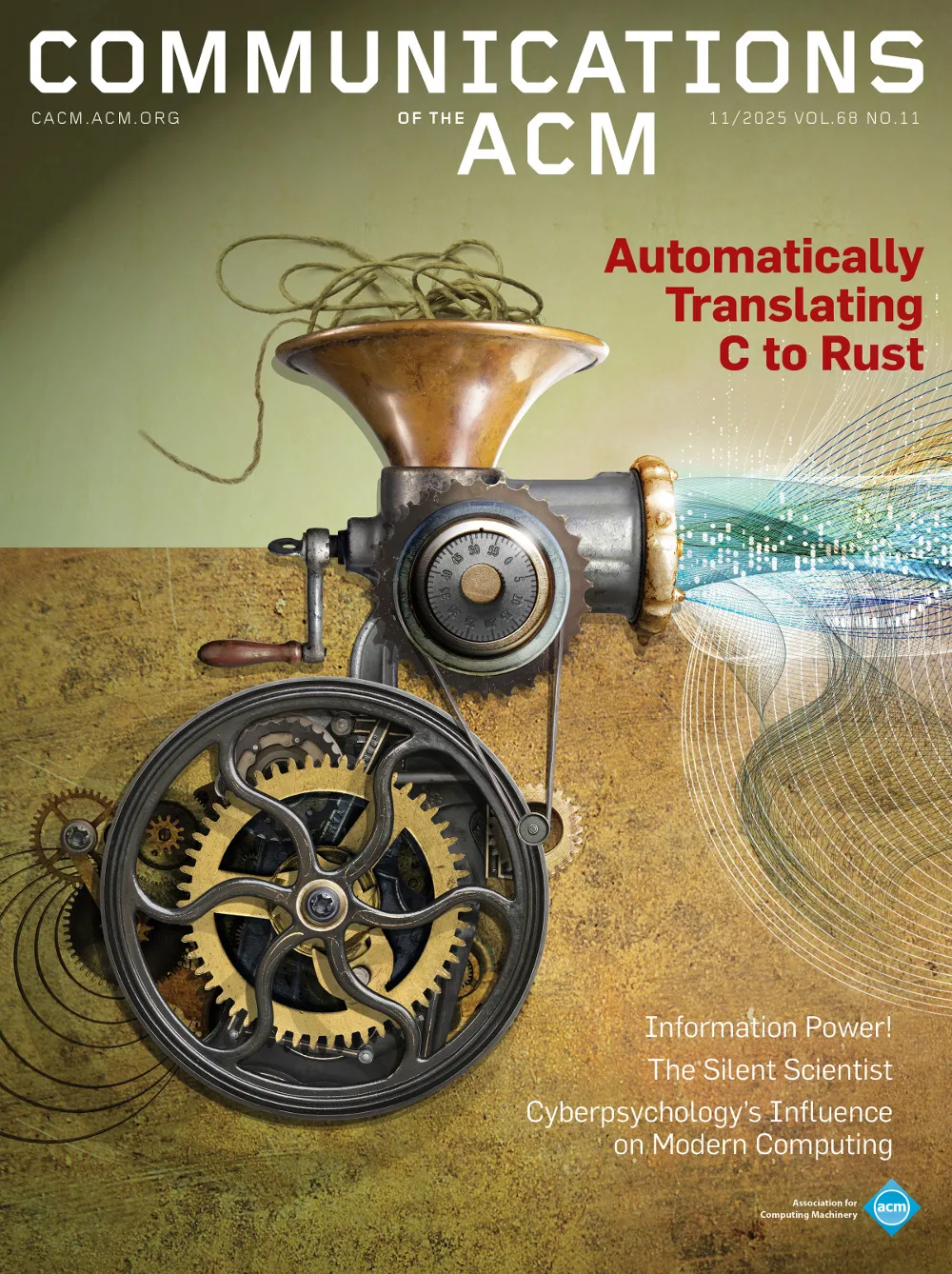September 1987 - Vol. 30 No. 9

Features
The 1984 Olympic Message System: a test of behavioral principles of system design
There was more than athletic talent being pressed to peak performance at the 1984 Olympic Games in Los Angeles. Behind the scenes, a multilingual Olympic Message System ran round-the-clock keeping more than 10,000 athletes and officials in contact with families and friends, both far and near.
An object-oriented programming discipline for standard Pascal
A successful application, using standard Pascal in a large medical application program, demonstrates that benefits similar to those of specialized languages are possible in object-oriented programming.
A severe problem in the processing of encrypted data is that very often, in order to perform arithmetic operations on the data, one has to convert the data back to its nonencrypted origin before performing the required operations. This paper addresses the issue of processing data that have been encrypted while the data are in an encrypted mode. It develops a new approach for encryption models that can facilitate the processing of such data. The advantages of this approach are reviewed, and a basic algorithm is developed to prove the feasibility of the approach.
A metamodel of information flow: a tool to support information systems theory
In this paper an axiomatic, fundamental metamodel of data flow is constructed. The components of the metamodel are the states along the flow of data: physical events, language (data), stored data, human data processing, and decision making. Transfers from one state to another are performed by functions: coding, keying, processing, perceptions, and human acting. The entire flow is evaluated by a value function. Each of the states and functions is rigorously described by means of definitions, axioms, and theorems. The main purpose of the metamodel is to provide a common framework for various models in MIS and consequently to remedy the "Tower of Babel" syndrome prevailing in this area. The way the metamodel can be used to develop other models in MIS is explained in the last part of the paper.



